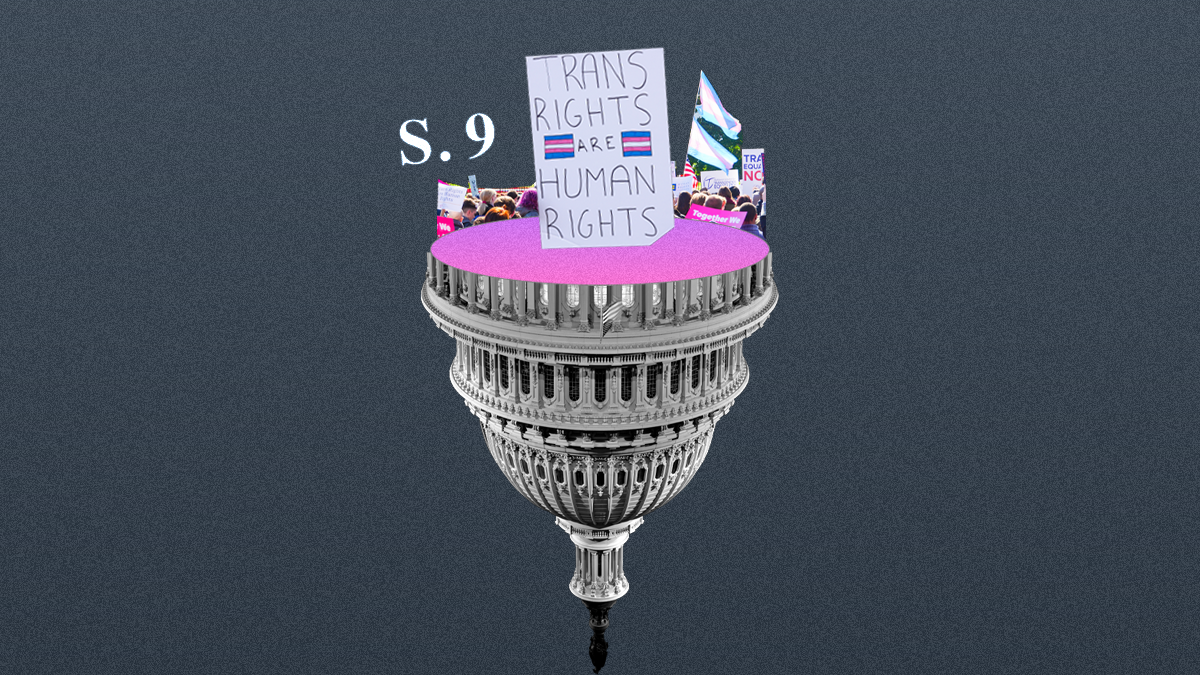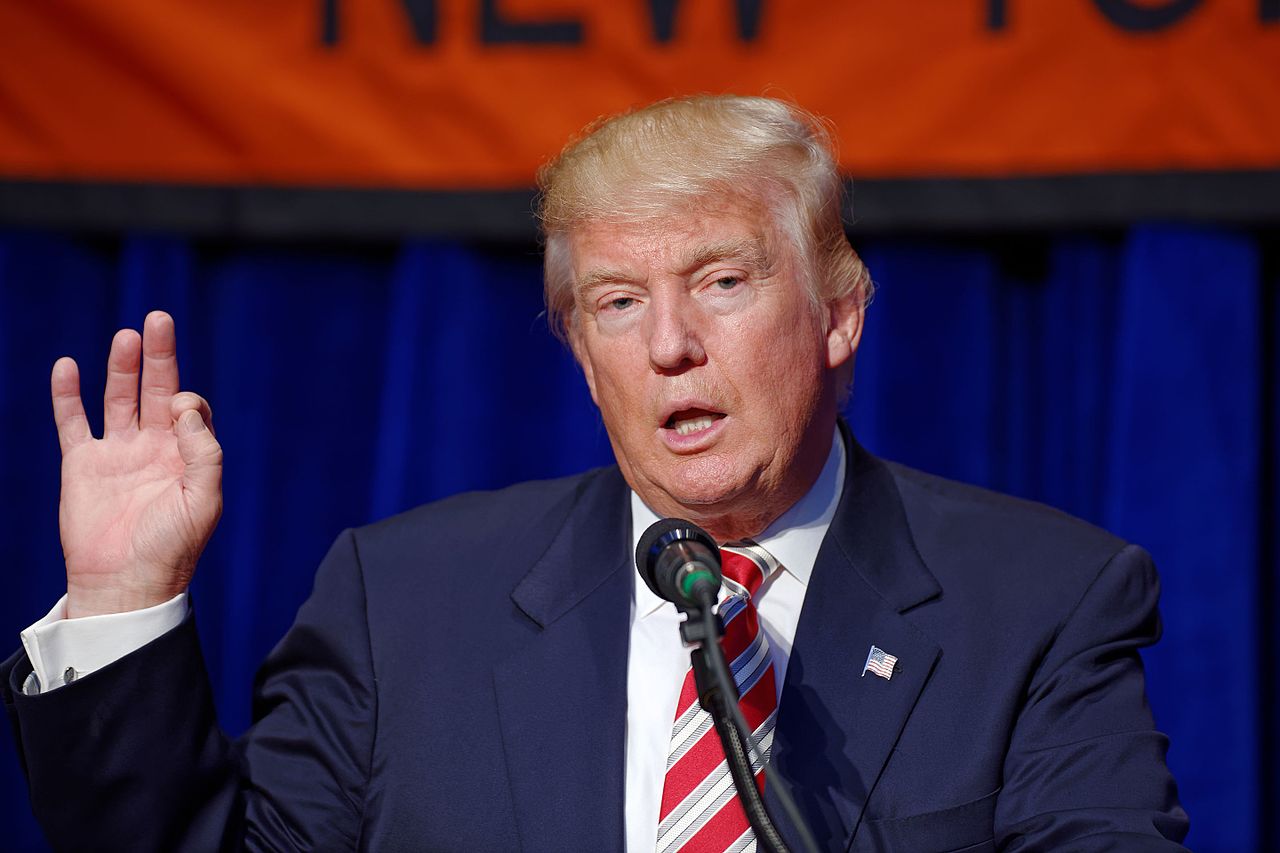Abortion rights, women of color, and LGBTQIA+ people are under attack. Pledge to join us in fighting for gender justice.
The “Protection of Women and Girls in Sports Act” Reinforces Sexism and Abuse in Sports

Extremists in Congress are at it again trying to ban women and girls who are trans from playing sports with their peers. They’ve re-introduced hateful bills in the House (H.R. 28) and the Senate (S. 9) misleadingly called the “Protection of Women and Girls in Sports Act” that would ban women and girls who are trans and intersex from playing on women and girls’ sports teams, no matter their age, sport, or level of competition.
Don’t be fooled by the deceptive title of these bills. They do nothing to address actual inequities and harm that women and girl athletes face. And worse—they’re dangerous to women and girls. In addition to blatantly discriminating against trans, nonbinary, and intersex students, sports bans are a gateway into policing how we all look and act.
Enforcement of these bans threatens to sweep up any girl or woman athlete who is perceived as “too masculine” or “too good” at their sport to be a “real” woman or girl, leading to invasive questioning and medical testing to verify their gender, harassment, and violence.
This isn’t merely speculation: it’s already happening. Last year, a Utah school board member publicly questioned the gender of a 16-year-old cisgender girl playing on a high school basketball team who wore short hair and baggy clothes. As a result, the student was subjected to harassment, bullying, and threats of violence. The hostility was so strong she and her family wound up with police protection.
A few years earlier, in 2022, a school in Utah secretly investigated a cisgender girl’s gender after parents of two other girls who lost to the girl in a sports championship complained to the school about her gender.
A woman in Florida was subject to a police investigation for allowing her trans daughter to play girls sports in violation of state law. The investigation resulted in a 500-page report that revealed personal details about her daughter, including her body weight over several years, physical descriptions of her, and interviews with her teammates on if they saw her undressed. Ultimately this led to the trans daughter being forcefully outed, destroying her high school career.
In 2020, Idaho Governor Brad Little signed into law HB 500, a sports ban that allowed anyone to question whether a student athlete is a woman or girl, forcing the student to have to “verify” her gender by undergoing a physical examination. Thankfully, a district court blocked HB 500, but Idaho is now asking the Supreme Court to allow its dangerous law to continue. And lawmakers in other states have introduced analogous laws allowing for similarly invasive testing as part of their anti-trans sports bans.
These bans follow decades of an ugly history of sports’ ruling bodies conducting invasive testing of women athletes to verify their gender—including through anatomical inspections, cheek swabs, and blood tests—that harm women’s privacy and dignity, and lead to sexual abuse.
We don’t need to look all that far back to understand the racist impacts of these sports bans on women of color. Taiwanese boxer Lin Yu-Ting and Algerian boxer Imane Khelif had their gender questioned when competing in the Paris Olympics and were subsequently subjected to abuse and harassment. Dutee Chand, an Indian woman sprinter, faced scrutiny from fellow athletes who accused her “stride and musculature” of being too “masculine,” which resulted in her being ordered to undergo invasive medical exams. Caster Semenya, a Black South African woman and a sprinter, was forced to submit to a battery of invasive medical tests because of her speed and success as an Olympic track athlete. Santhi Soundarajan, an Indian sprinter, who had a deep voice and a flat chest, had her body examined to verify her gender. After a news report claimed she failed the test, she faced ongoing scrutiny and was rejected by local sports federations, leading her to attempt suicide. And renowned tennis champion Serena Williams has been subjected to excessive drug-testing and transphobic comments throughout her career, such as statements that “[s]he is built like a man” and that “[she] was born a guy, all because of [her] arms, or because [she’s] strong.”
H.R. 28 and S. 9 will inevitably subject women and girls who are intersex, who have different biological variations, including possibly reproductive and sex anatomy, to more scrutiny and disqualification because of the bills’ narrow definition of sex that is “based solely on a person’s reproductive biology and genetics at birth.” How would one enforce this against intersex women and girls, or really, anyone at all?
The kind of sex verification these sports bans require would lead to witch hunts and abuse that sweep broadly to impact any woman or girl who deviates from sexist stereotypes based on how they look or play.
The irony is the debate about including trans women and girls in sports should sound familiar to anyone who has tracked the evolution of gender equity in sports. Because at its root are sexist stereotypes that equate femininity with being slower, weaker, and unathletic—stereotypes that women and girls have been fighting against for decades. Through long-fought battles, we’ve come so far to be in control over our own bodies and how we dress and show up in this world, including when playing sports. Do we really want to create another set of rules for what it means to be a girl or a woman? And more scrutiny and abuse of any of us who stray from those rules? I don’t, and I don’t think you do either.
It’s not too late to express your opposition to these dangerous sports ban bills. You can contact your congressmember or senator here urging them to vote “no” on H.R. 28 and S. 9.




